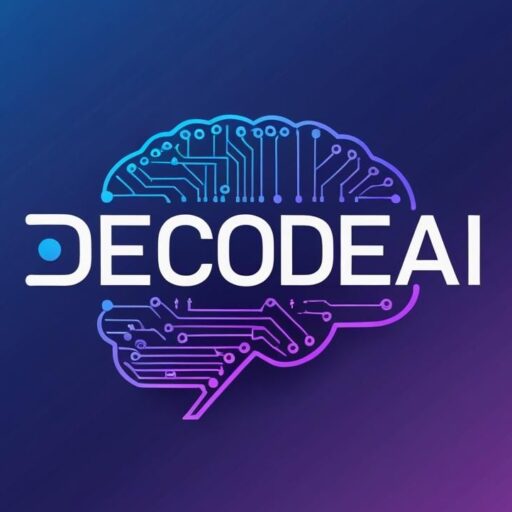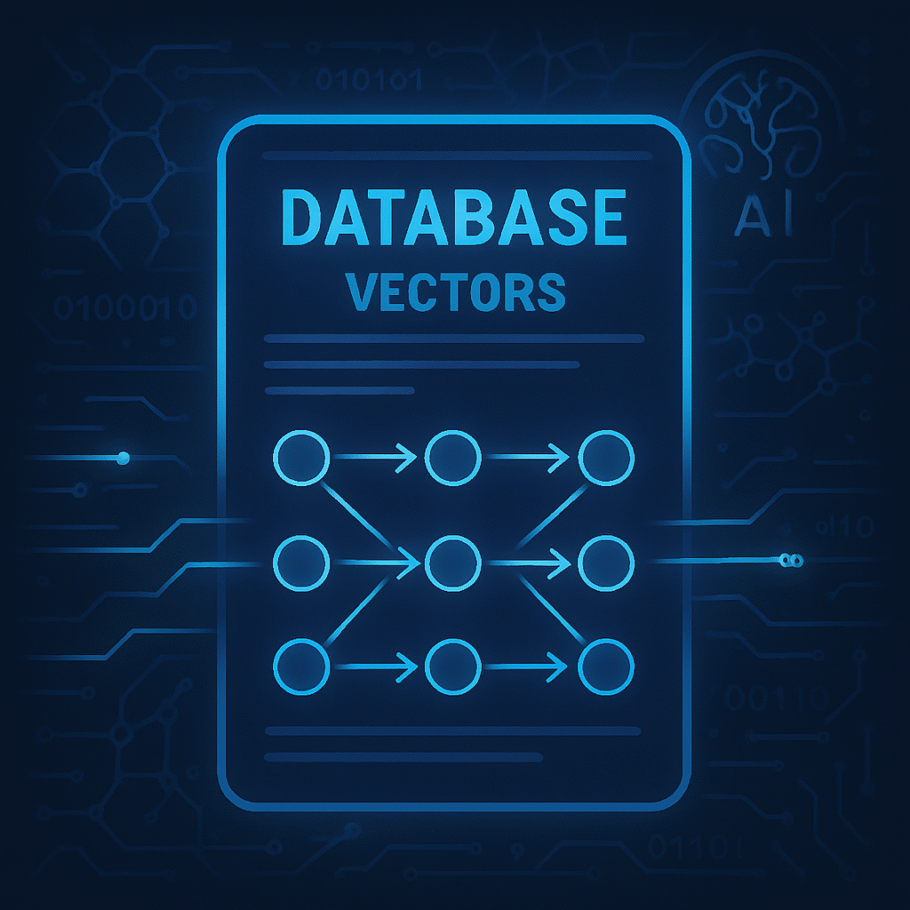Contents
What Are Vector Databases in AI?
Author: M Sharanya
Introduction
As artificial intelligence continues to evolve, managing and retrieving large volumes of high-dimensional data has become increasingly important. That’s where vector databases come in. But what are vector databases in AI, and why do they matter? Let’s break it down.
What Is a Vector Database?
A vector database is a specialized type of database designed to store, index, and search data in the form of vectors. In AI, vectors are typically numerical representations of complex information like text, images, or audio—commonly referred to as embeddings.
Why Are Vectors Important in AI?
AI models, especially those based on deep learning, often convert raw data into numerical vectors that capture the semantic meaning. For example:
- Text: Transformed into word or sentence embeddings.
- Images: Converted into feature vectors for visual similarity.
- Audio: Translated into sound embeddings for speech recognition.
These vectors are high-dimensional, making it difficult for traditional databases to manage or query efficiently—hence the rise of vector databases.
How Vector Databases Work
Vector databases support operations like similarity search, where instead of exact matching, you retrieve the “closest” results based on mathematical distance (e.g., cosine similarity, Euclidean distance).
Basic Workflow:
- Input data is converted into embeddings using an AI model.
- Embeddings are stored as vectors in the database.
- When queried, the system compares vectors to find the most relevant match.
Popular Vector Database Technologies
- Pinecone: Cloud-native and scalable vector search platform.
- FAISS: Facebook’s open-source library for efficient similarity search.
- Weaviate: Combines vector search with semantic graph databases.
- Milvus: High-performance vector database for large-scale AI applications.
Use Cases in AI
- Semantic search in chatbots and virtual assistants
- Recommendation systems based on vector similarity
- Visual similarity search in e-commerce
- Contextual memory in custom GPT apps and RAG (Retrieval-Augmented Generation)
Conclusion
Vector databases are a foundational tool in the modern AI tech stack. They enable real-time, meaningful retrieval of data in ways that traditional databases can’t. If you’re building anything involving embeddings or semantic understanding, integrating a vector database is no longer optional—it’s essential.



